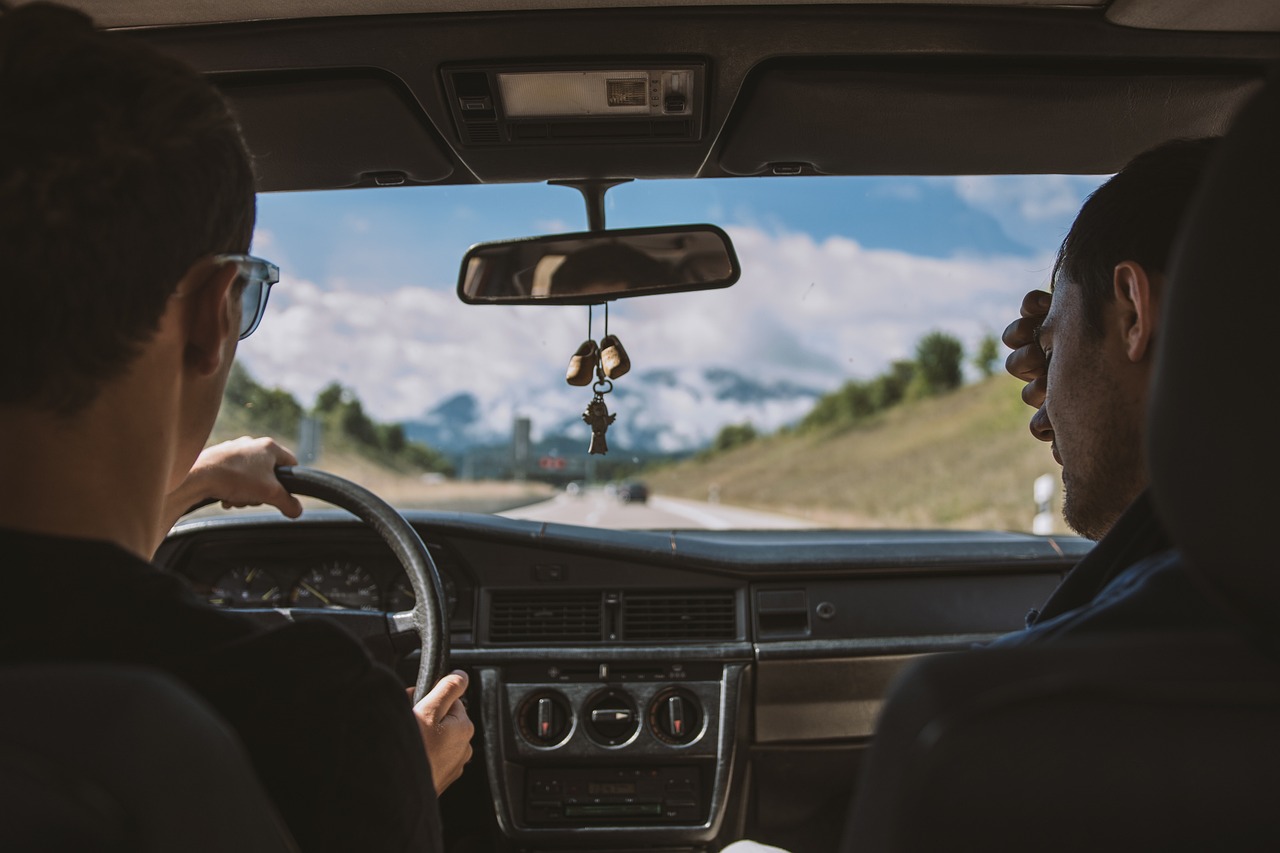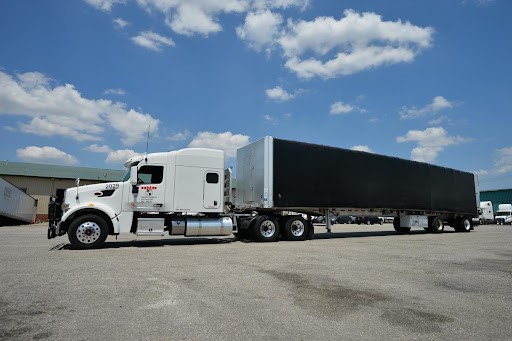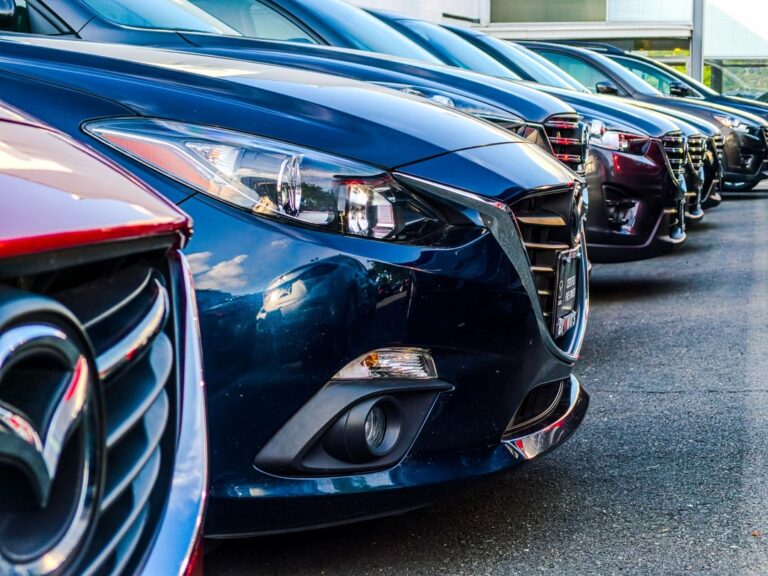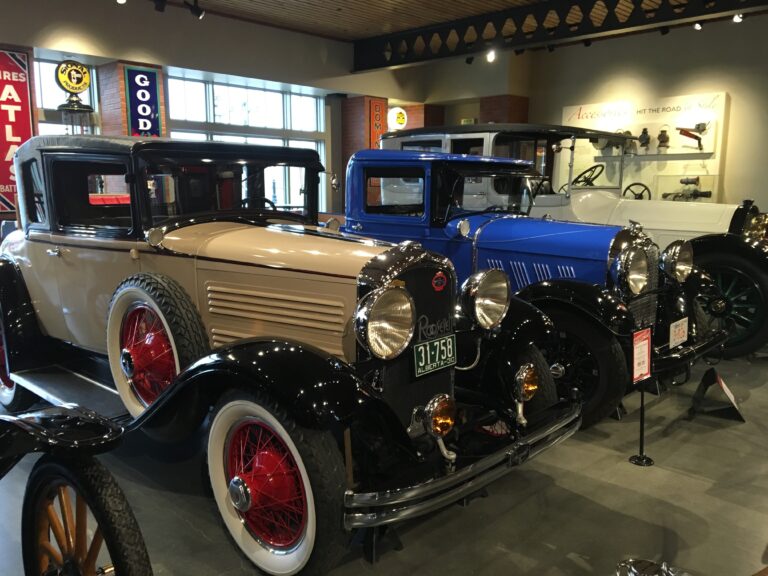From Rain to Shine: Adapting Your Driving Habits to Seattle’s Weather
Seattle’s weather is as diverse as the city itself, fluctuating from pouring rain to brilliant sunshine. This ever-changing climate presents unique challenges for drivers, demanding adaptability and caution to traverse the roads safely. Understanding how to adjust driving habits in response to weather conditions is not just about ensuring personal safety; it’s also about contributing to the safety of all road users.
Amidst this variability, the expertise of an award-winning auto accident attorney in Seattle can be invaluable, especially when weather-related accidents occur. They emphasize the importance of adapting driving techniques to match Seattle’s unpredictable weather, highlighting the role of driver preparedness in preventing accidents and ensuring a safer commuting environment for everyone.
Managing Seattle’s Rainy Days
In Seattle, managing frequent rainy days requires specific adjustments to driving habits to ensure safety on wet roads. The rain can significantly reduce visibility and alter the way your vehicle responds, making it essential to adapt your driving technique accordingly. Lowering your speed is one of the most critical adjustments; it not only reduces the risk of hydroplaning—where your vehicle skims over the wet surface, losing traction and control—but also helps in maintaining safer handling of the vehicle under adverse weather conditions.
Moreover, increasing the distance between your vehicle and the one ahead is equally important during rainy conditions. Wet roads can dramatically increase the stopping distance, necessitating extra space to come to a halt safely without the risk of a collision. These changes in driving behavior are fundamental to navigating Seattle’s rain-soaked streets, allowing drivers to maintain control of their vehicles and prevent accidents. Adhering to these precautions can make a significant difference in ensuring both your safety and that of other road users during the city’s frequent downpours.
Mastering Mist and Fog
Driving through Seattle’s mist and fog presents a unique set of challenges due to significantly reduced visibility, affecting even the most seasoned drivers. The key to managing these conditions safely lies in the proper use of your vehicle’s lights and maintaining heightened awareness. Switching to low-beam headlights during foggy conditions is crucial; it helps improve your visibility to other road users while minimizing the glare that could impair their vision. This adjustment is a fundamental step in ensuring that you remain visible and can see others, even when the fog seems to swallow the road ahead.
In addition to lighting adjustments, adopting a more cautious driving approach is vital when visibility drops. Slowing down allows more time to react to potential hazards that fog can hide until the last moment. Employing your vehicle’s fog lights, if available, can further aid in illuminating the road directly in front of you, enhancing your ability to navigate safely. Staying alert and ready to respond to unexpected obstacles is imperative in these low-visibility conditions, ensuring you and those around you can journey through Seattle’s mist and fog more securely.
Sunny Days Driving Tips
Seattle during its infrequent sunny spells, introduces unique challenges for drivers notably glare from the sun and a noticeable increase in pedestrian traffic. The bright sunlight can significantly impair visibility and increase the risk of accidents due to glare. To minimize this, wearing polarized sunglasses is an effective countermeasure, as they can considerably reduce glare, enhance visibility, and minimize eye strain, making it easier to traverse the roads safely. Such precautions are essential for maintaining clear vision and ensuring the safety of all road users during sunny weather.
Moreover, the warmer temperatures associated with sunny days can have an impact on the driver’s physical well-being, potentially leading to dehydration and fatigue. This, in turn, can affect a driver’s concentration and reaction times, increasing the likelihood of accidents. Staying hydrated by keeping water within reach during drives and taking regular breaks can help combat these effects. Implementing these strategies not only improves your driving experience on the sunlit streets of Seattle but also contributes to a safer driving environment for everyone.
Dealing with Snow and Ice
Traversing Seattle’s roads during winter necessitates a combination of diligent preparation and careful driving, particularly when faced with snow and ice. Fitting your vehicle with specialized tires for these slippery conditions is a crucial measure, ensuring enhanced grip and stability. Additionally, for those heading into steeper, more challenging terrains, having chains on hand is vital for extra security. The capacity to safely pilot your vehicle in such weather relies heavily on having the appropriate equipment and being ready for the rigors of winter travel.
Implementing smooth driving maneuvers is paramount when traversing icy surfaces. Sudden accelerations, sharp turns, or abrupt stops are likely to cause skidding and could lead to a loss of control over the vehicle. Acquiring and practicing techniques for controlled handling in these conditions are essential for safe winter travel. By ensuring your vehicle is properly equipped and by modulating your driving approach, you can significantly improve your ability to safely journey through snow and ice, contributing to a safer travel experience for both yourself and fellow road users during Seattle’s winter season.
The Importance of Vehicle Maintenance
Regular vehicle maintenance takes on added importance in a city like Seattle, where weather conditions can change dramatically and often. Ensuring that your brakes, tires, windshield wipers, and lights are in top condition is crucial for safe driving, regardless of whether you’re facing a torrential downpour or a rare sunny day. Properly maintained tires, for example, provide the necessary traction to navigate wet roads safely, while effective windshield wipers and defogging systems are essential for maintaining visibility during rain or fog. Regular check-ups and maintenance can prevent many weather-related issues on the road, making it a critical aspect of adapting to Seattle’s varied climate.
Utilizing Technology for Safer Driving
Advancements in vehicle technology offer additional tools for adapting to Seattle’s diverse weather conditions. Features such as anti-lock braking systems (ABS), electronic stability control (ESC), and adaptive lighting can significantly enhance safety in adverse weather. Modern vehicles also come equipped with weather-specific aids like rain-sensing windshield wipers and automatic tire pressure monitoring systems, which help maintain optimal performance under varying conditions. Moreover, using weather apps and navigation tools to plan your routes can alert you to real-time weather changes and traffic conditions, allowing for safer and more informed driving decisions in Seattle’s unpredictable climate.






